Sampling the Future of Fashion
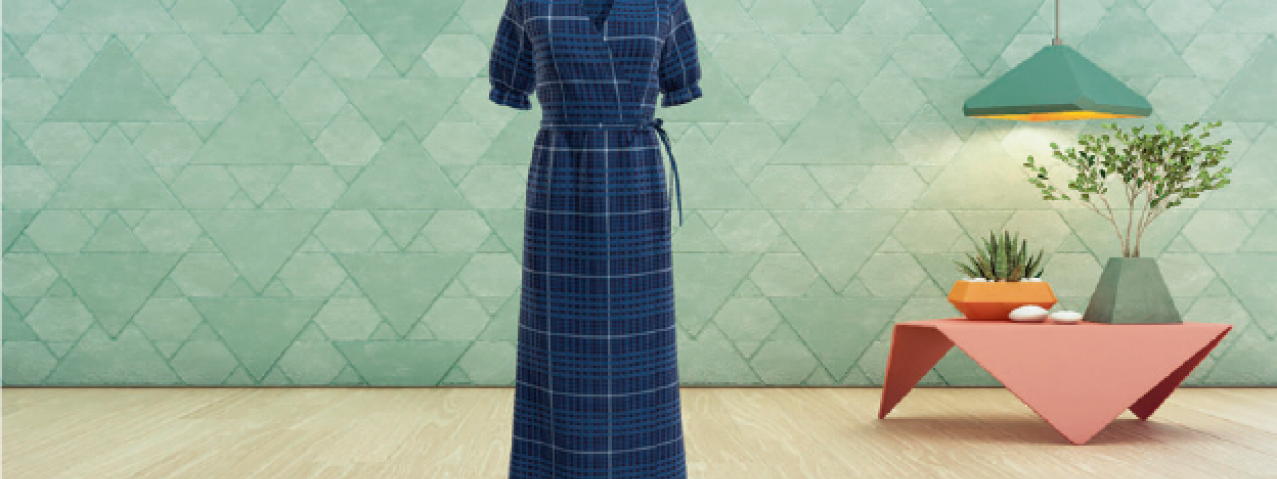
Jørgen Sevild's session at HKDI Inspire (see Page 13) gave a peek into the frontier of digital materials technology, and the possibilities for it to reshape the fashion industry. Such a profound change is worthy of a deeper dive, and here we join Sevild to discuss the future of fashion.
The technology may be new, but when Jørgen Sevild starts talking about high-quality digital fabric samples, he speaks with the authority of being a trailblazer in the field. An industrial systems engineer by training, a marketing entrepreneur in the garment industry by profession, and a technology buff at heart, he wanted to bring these elements together to make his mark by helping fashion adapt to the "phygital" (physical + digital) space. A space between the material and non-material world.
Driven by a simple question, "How do we take digital technology and improve the way things are being done in the real world?" Sevild's foray into digital fabrics started with the founding of INQOVA. After five years of experimenting with AR/VR, scanning, and design tools to accurately digitise fabrics, he is convinced we are on the cusp of systemic change for the fashion industry.
"In the future, fashion designers will be able to design an entire 3D collection by using highly realistic digital materials. A full set of digital versions of everything they plan to produce could be sent directly to the garment manufacturer. The new sketchbook will be digital, and we are now seeing this trend take shape with various online 3D garment design services."
Having good material is a foundation for good design
While excited about 3D garment design, Sevild notes, "We need really good digital materials, such as realistic digital textile samples, to make good digital design. Without good components the overall end product will suffer. You can't make good products with poor materials, and this applies as much to the digital world as it does to the physical world." The technology is starting to catch up, as he notes, "We are now producing high quality digital textures that are good enough to fool the human eye into thinking it is real."
"The 3D rendering technologies can make it seem so real that we can't tell if it is a rendering or a real photograph. You can even render designs onto real human beings using augmented reality technology and a photograph, and these are ideal for marketing and e-commerce purposes. The technology can even generate realistic garments dressed on people that are doing activities, such as playing tennis, and it is now possible to create marketing campaigns based solely on 3D models."
Sevild notes that giving manufacturers the ability to create and distribute digital samples of their physical material will ease pressure throughout the supply chain, speed up the acquisition of physical materials and other production elements, and help synchronise the production cycle with expected demand. "The savings from reducing fabric sample shipments between mills and product designers alone will be enormous, and massive implications for resource savings, cost savings, and impact on the environment. This is a really big change!" He also sees a broader shake-up of the fashion industry value chain on the horizon.
"For instance, pre-buying garments, where you can set a target for orders that need to be reached before production, will become mainstream. If it doesn't reach the target, backers can be refunded. Contrastingly, if the demand is very high the production side can adjust for greater demand accordingly. This completely changes the dynamics of the fashion industry, which I consider quite broken, especially in areas such as forecasting—predicting trends and human behaviour—which is a really hard thing to do. So now, we don't have to rely just on predicting the future."
New Possibilities with Digital Twins
Recently, Sevild took up a new position at Bandicoot, with its market-leading technology in material digitalization, he believes the company's technology is a game changer, as it is not only unmatched in quality, but it is also accessible, simple, fast, flexible, and compatible with all 3D CADS. This DIY material digitisation technology allows the creation of what he calls a "Digital Twin", an information-rich "data container" that captures all aspects of a fabric, and dramatically increases the creative potential for designers. He points to three areas that will be profoundly affected: 3D simulation, transparency, and traceability.
"Information-rich digital twins can open a new realm of valueadding elements such as personalisation and history, and it gives a wider scope to build relationships with an item, building care and concern for a product that is far greater than the physical version. We need to be able to bring data and the possibilities for tracing its life through the product lifecycle, even to the point identifying material sources and production processes, and all aspects of the creation of the garment and its effects on the environment. Until recently, there was no way to capture that data, but this has been radically changed with the emergence of digital twins and blockchain technology."
Sevild envisions the day when brands will be putting clothes in an e-commerce store that have yet to be created. "Once sufficient orders have been placed, then they will go and produce it. This will dramatically reduce the wastage that floats around the value chain and the industry. it will also be reflected in greater product customisation and the diversity of options available to consumers." He continues, "Fast fashion sells products that a million other people could have, whereas the smaller retailers are nimble and trade on exclusivity. The big fashion brands could struggle to adapt to this changing ground, and it could well be a bonanza for small independent labels, designers, and retailers."
When pressed on how designers can best prepare for this changing fashion landscape, Sevild is adamant about understanding the basics. "Learning 3D design tools is a fundamental skill that will be essential for nearly any design endeavour. Designers need to find what is being used, and learn the software and tools that are relevant to their chosen field. It is the next big frontier." That is advice you can take it to the bank, as fashion designers in the future will have to be as skilled in non-material aspects of creative expression as they have always been with their physical material.
Others

Latest News | 1 January 2023
Mario Cucinella on Green Architecture
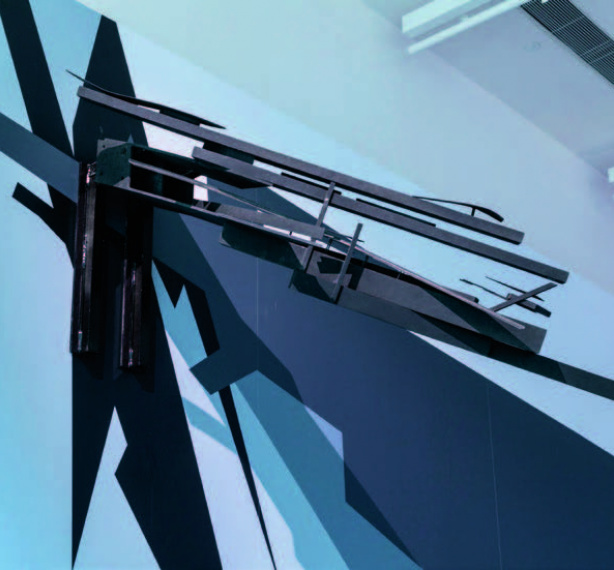
Latest News | 1 January 2023
The Future of Urbanism

Latest News | 1 January 2023
VR for Pain Management
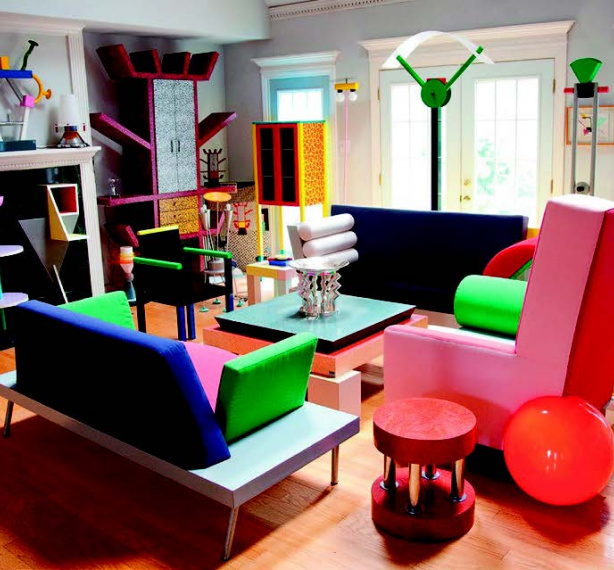
Latest News | 1 January 2023
Beyond Design

Latest News | 1 January 2023
A Feel for the Future of Bioengineering

Latest News | 1 January 2023
A Step Beyond Wrapping Products
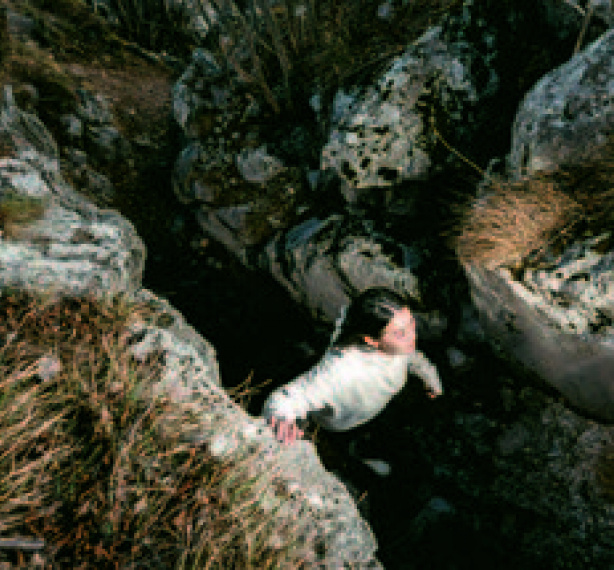
Latest News | 1 January 2023
Spider-Inspired Eco-Fabric

Latest News | 1 January 2023
Fungi Stakes a Claim in the Luxury Market
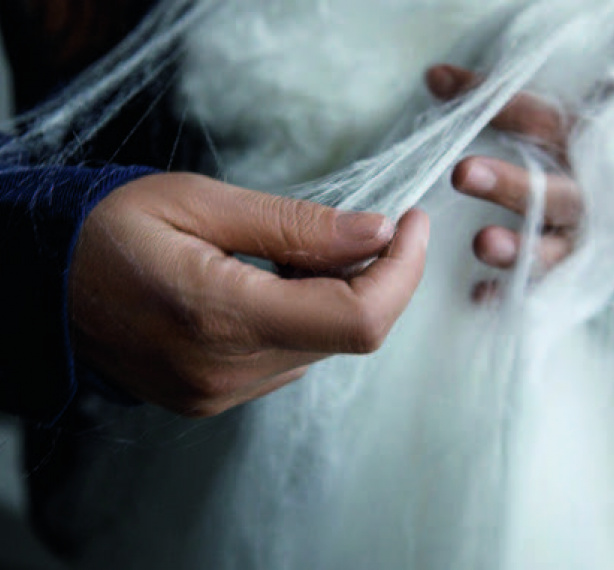
Latest News | 1 January 2023
Rethinking the Everyday: Material Non Material

Latest News | 1 January 2023
Why Digital Materials are Critical to the Future of Fashion

Latest News | 1 January 2023
The True Metaverse will be Decentralized

Latest News | 1 January 2023
Game Changer Artificial Intelligence, from Automation to of Digital Systems
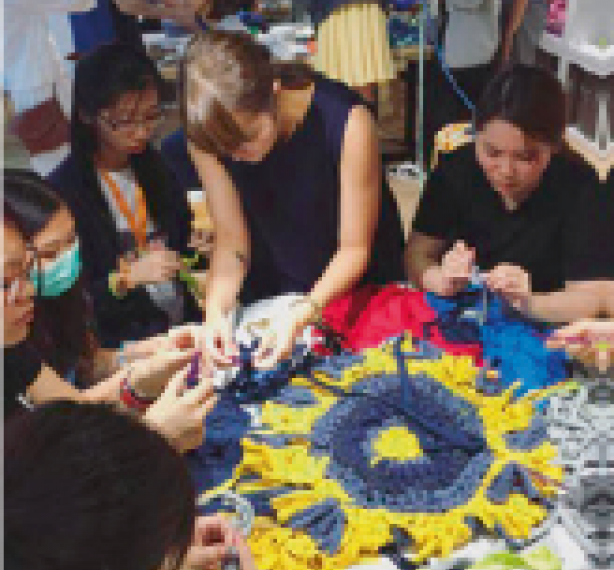
Latest News | 1 January 2023
Sustainability in Education

Latest News | 1 January 2023
The Tree Project Vision
Latest News | 1 January 2023
test
